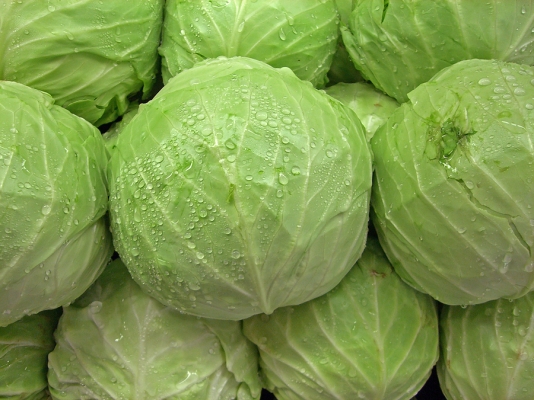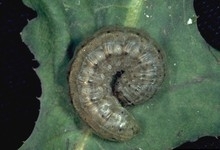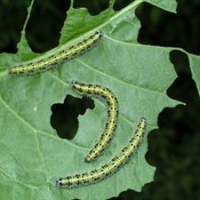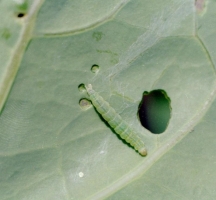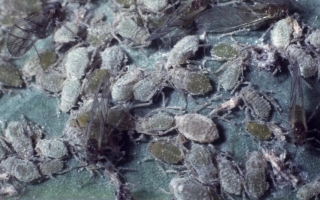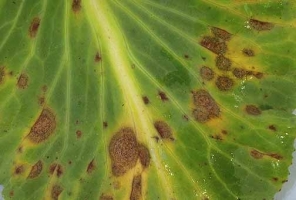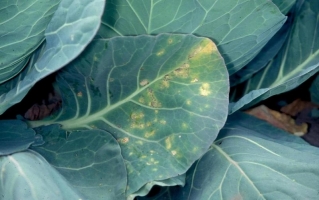General Information
It is leafy green or purple plant grown as annual vegetable crop. These are rich source of vitamin A and C also it contains minerals like phosphorus, potassium, calcium, sodium and iron. Cabbage can be eaten as raw as well as in cook form. In India, cabbage is grown mainly in winter in the plains region.

